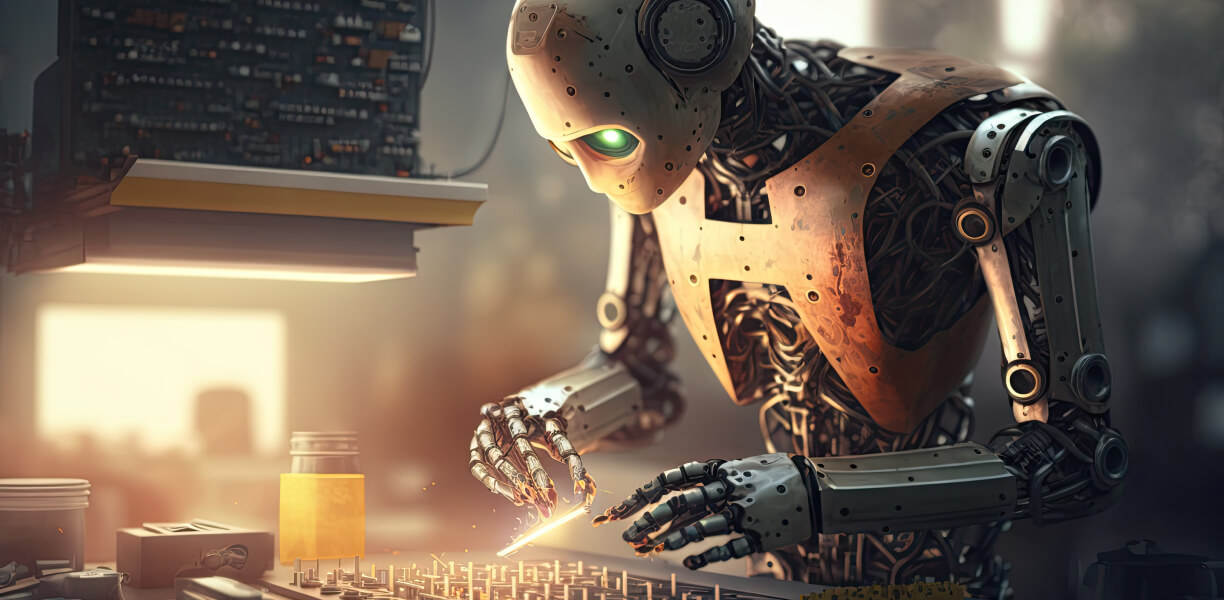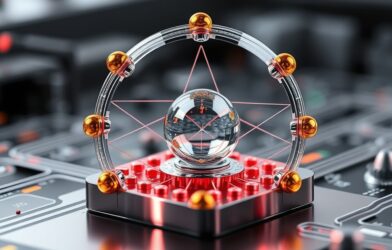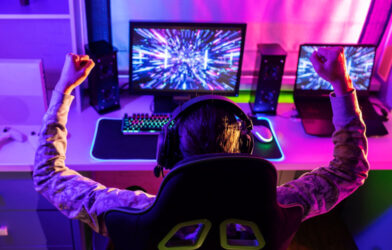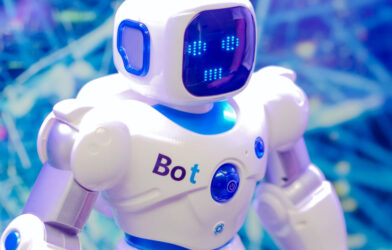On Thursday evening, Tesla’s “We, Robot” event was dominated by the unveiling of the Optimus robot rather than the anticipated robo-taxi. Tesla showcased several human-like robots navigating through the audience at the Warner Bros. studio lot in Hollywood. They moved seemingly without visible attachments and performed basic tasks like playing rock-paper-scissors or pouring drinks from a faucet. At one point, the robot even gave a peace sign with its mechanical hand.
More on Tesla’s robot reveal
Optimus Demonstration Highlights
Tesla’s CEO, Elon Musk, emphasized that Optimus was set to become the most important product ever produced by Tesla. The demonstration was live, showcasing the robots’ abilities in real-time, without relying on pre-recorded videos.
- Musk joked, “Optimus will soon be walking among you. Be nice to them.”
- He was keen on showing that the robot had evolved far beyond its earlier iterations, where it could barely step onto a stage by itself.
Watch the live demo
Optimus Sparks Debate: Autonomy vs. Teleoperation
Despite the excitement, there were some controversial aspects to the event that sparked debate. Although the Optimus robots seemed autonomous, they were, in fact, controlled by humans using specialized feedback suits that mapped their movements to the robots.
- One operator clarified: “For now, I’m being guided by a human. Full autonomy isn’t here yet.”
Learn more about Tesla’s human-controlled systems
This revelation fueled online discussion, especially after earlier footage showed an operator’s hand while Optimus folded a shirt, which led some to question the true level of autonomy.
Watch the earlier footage
“A Clever Demonstration, But Not the Real Thing”
Entrepreneur Josh Wolfe took to Twitter to point out that while the Optimus robot showcased impressive technology, it was misleading to imply that the robots were fully autonomous. He noted that they were, in fact, remote-controlled robots.
Read Josh Wolfe’s comment on Twitter
Tesla and Elon Musk have not commented publicly on the robot’s autonomy status since the event.
The Business Potential of Optimus
Optimus is not just a prototype but is viewed by Musk as Tesla’s most significant product in development. Musk has projected that Optimus could generate $1 trillion per year in revenues, with the potential to create a $25 trillion enterprise in the future.
- Musk has previously mentioned that the cost of producing and selling Optimus could be around $20,000 per unit, with a manufacturing cost of just half that amount, and yearly sales could hit 100 million units.
More on Musk’s business projections
A Controversial Reveal
Tesla influencer Omar Qazi defended the robot’s teleoperated nature, arguing that despite lacking full autonomy, the robot’s mechanical design was still a remarkable technological achievement. He emphasized that walking across a crowded room without breaking anything is still an impressive feat.
Follow Omar Qazi for insights
However, some content creators like Jeremy Judkins expressed frustration at the lack of transparency. He wished that Tesla had been more forthcoming about the fact that the robots were controlled by humans, leading to confusion among attendees.
Jeremy Judkins’ frustration on Twitter










